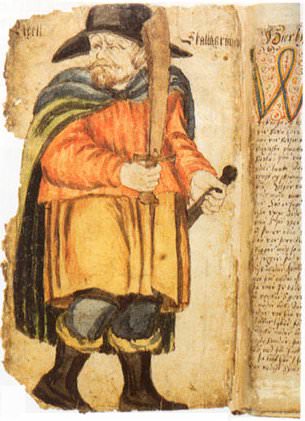Christian burials in Ribe in Denmark have been dated to mid 9th century
Danish Archaeologists have been busy digging around the old Cathedral
in Ribe for several years. Here lies a cemetery, which was abandoned
about 1050. The sensational character of the find has however more to do
with the fact, that the earliest graves have been dated to around 850 –
more than a 100 years before Denmark was officially Christianised
according to the famous rune-stone of Harold Bluetooth in Jellinge.
All in all the archaeologists believe there were between 1500 -2000
graves in the cemetery of which at least 60 (and probably 75) belong to
the earliest phase. The dead persons have been buried in a number of
different types of caskets made of wood, one of which may even have been
a small boat. However, the graves are all pointing towards East and no
grave-goods have been found. Strontium analysis has shown that the
buried persons grew up locally.






















